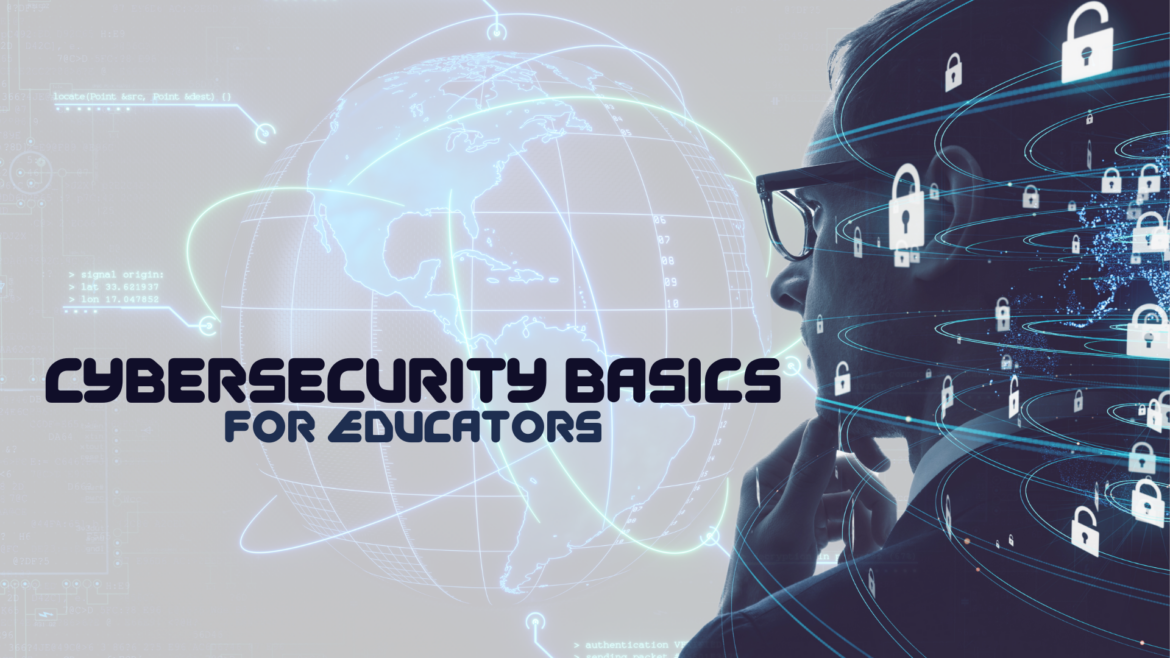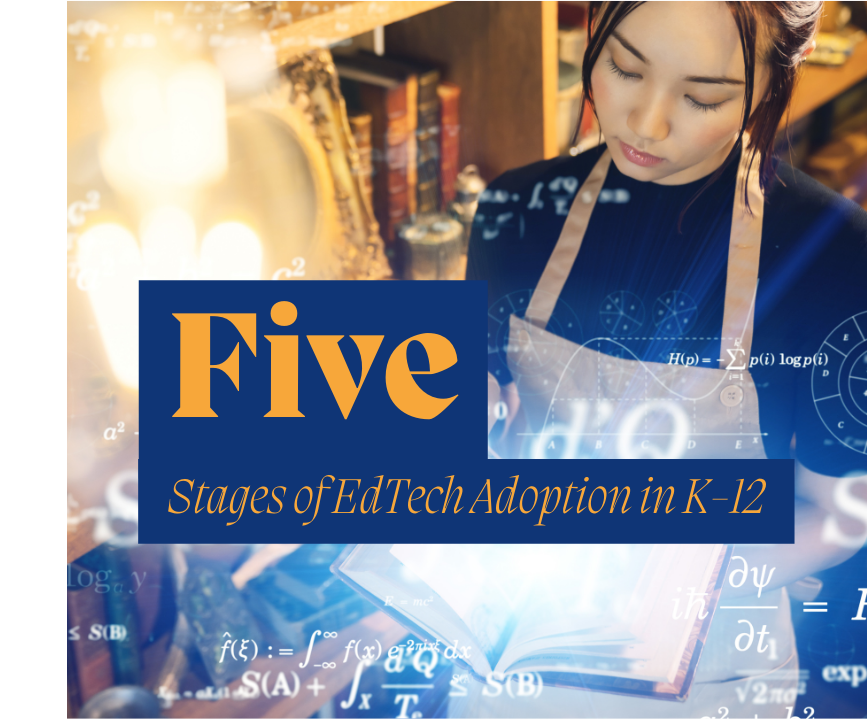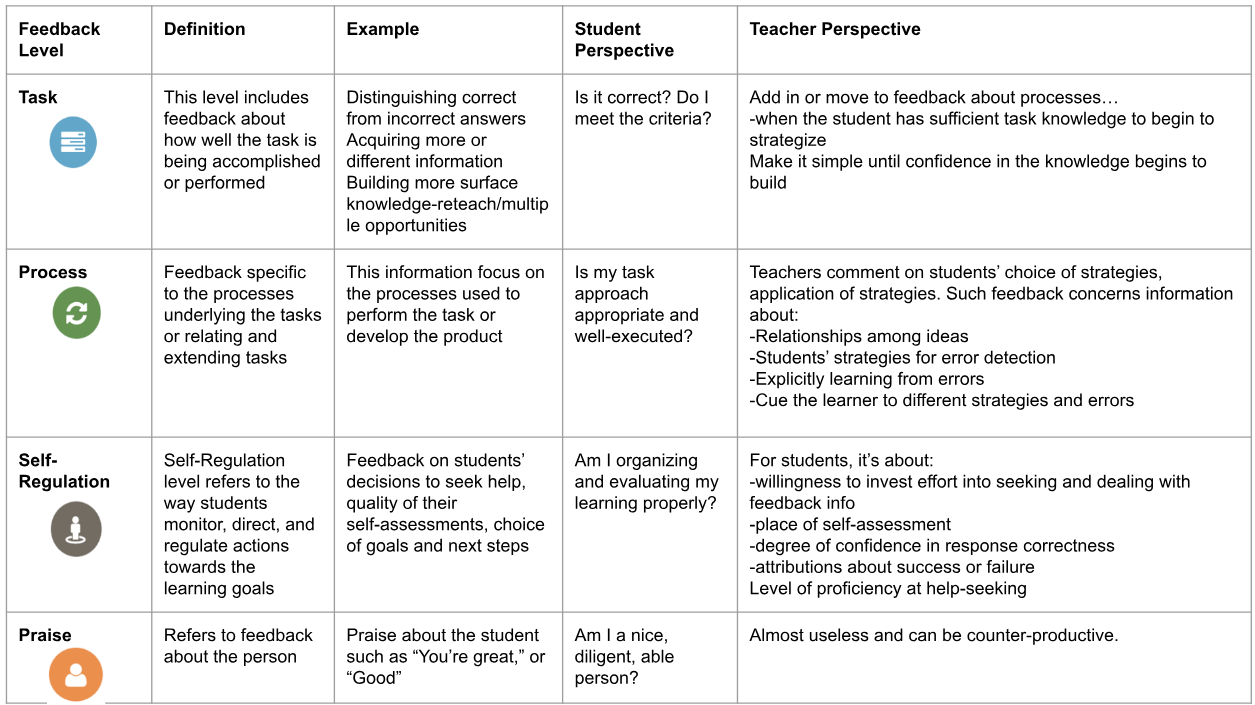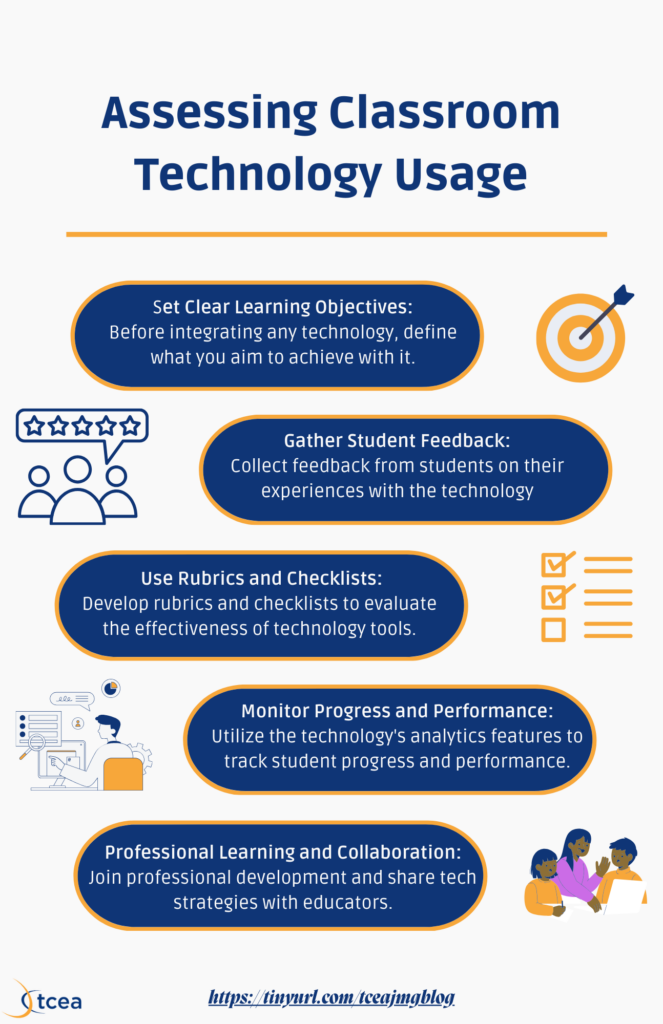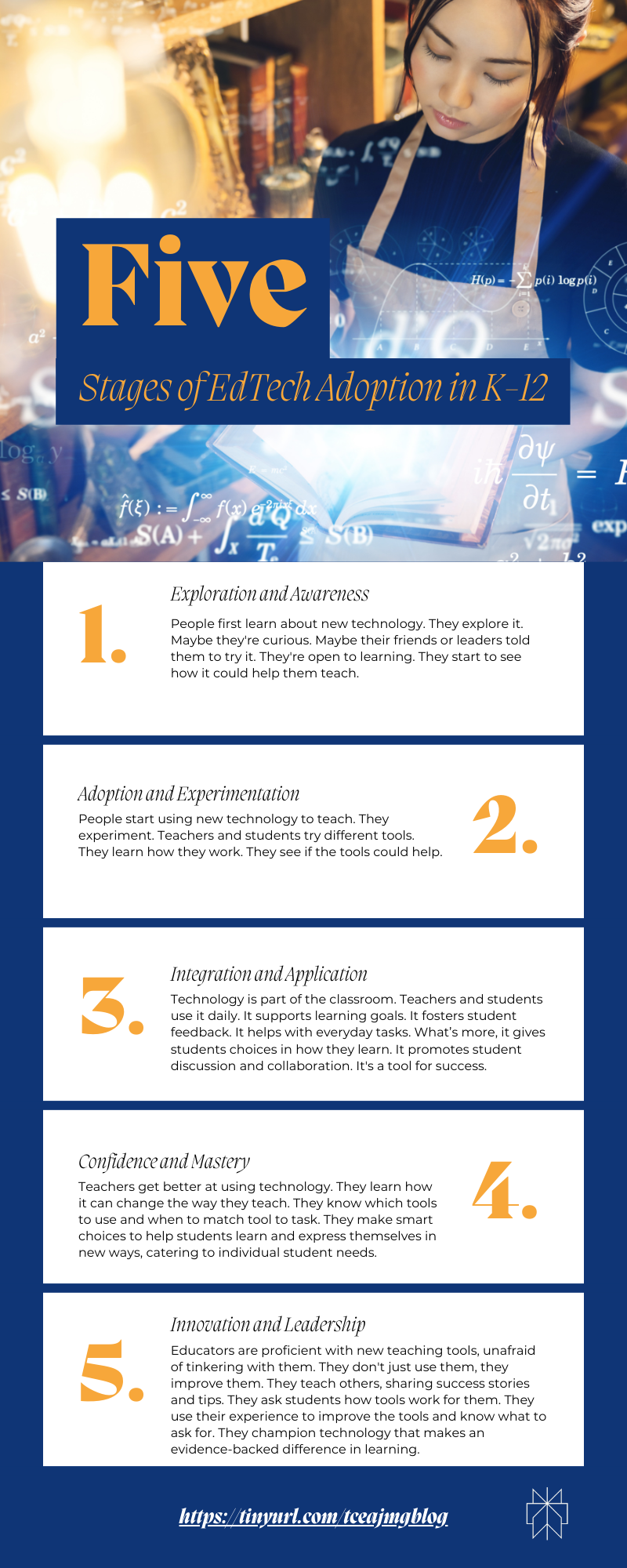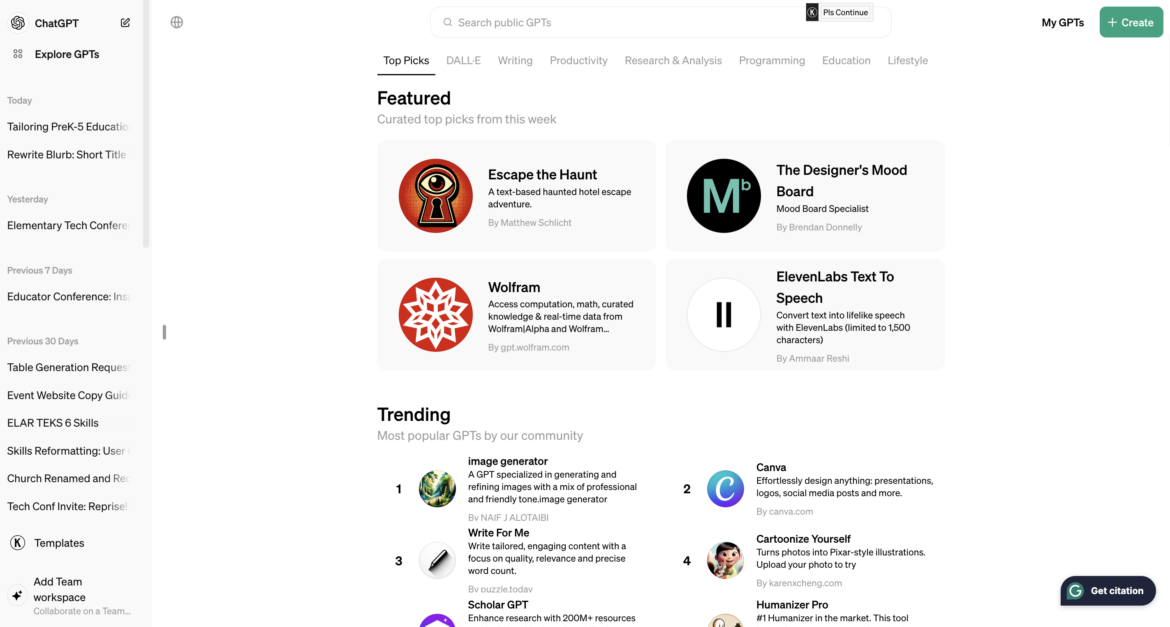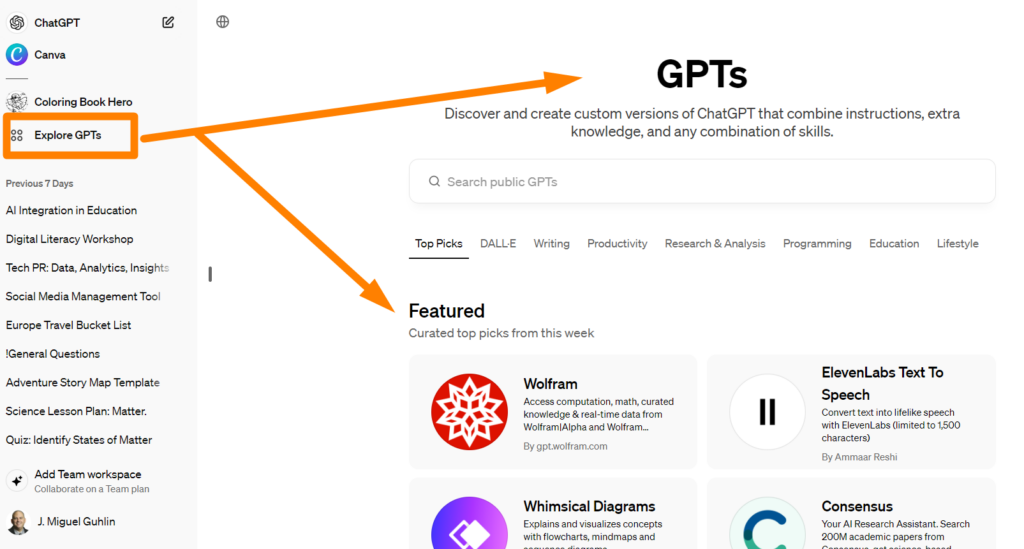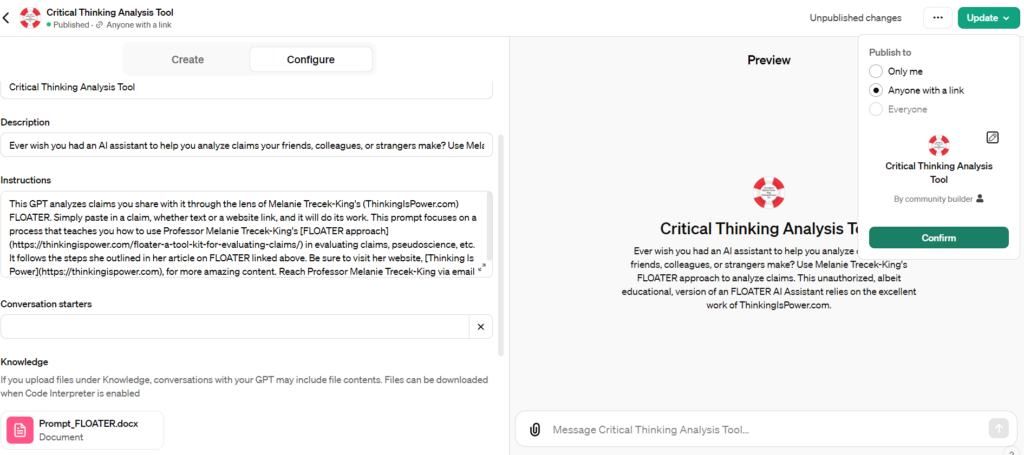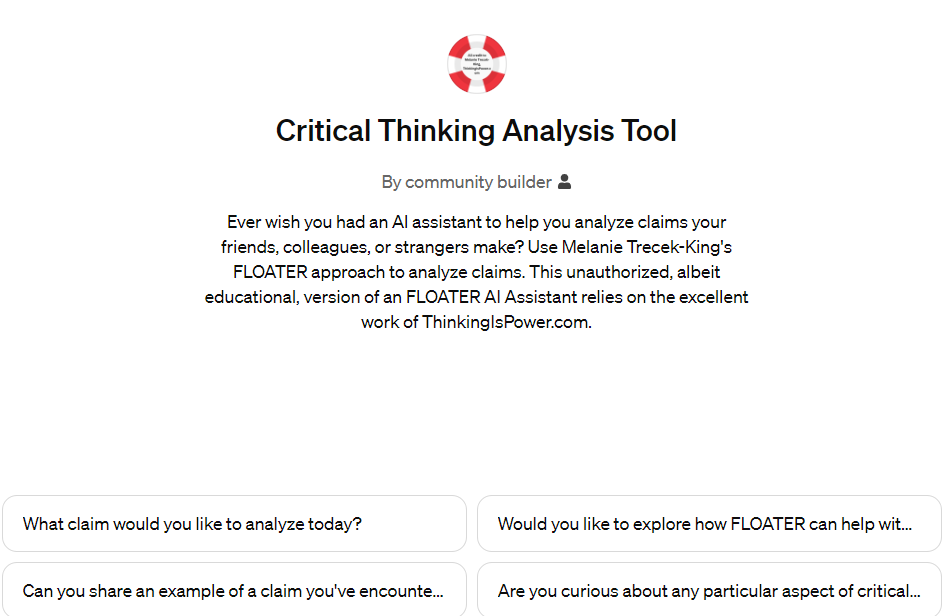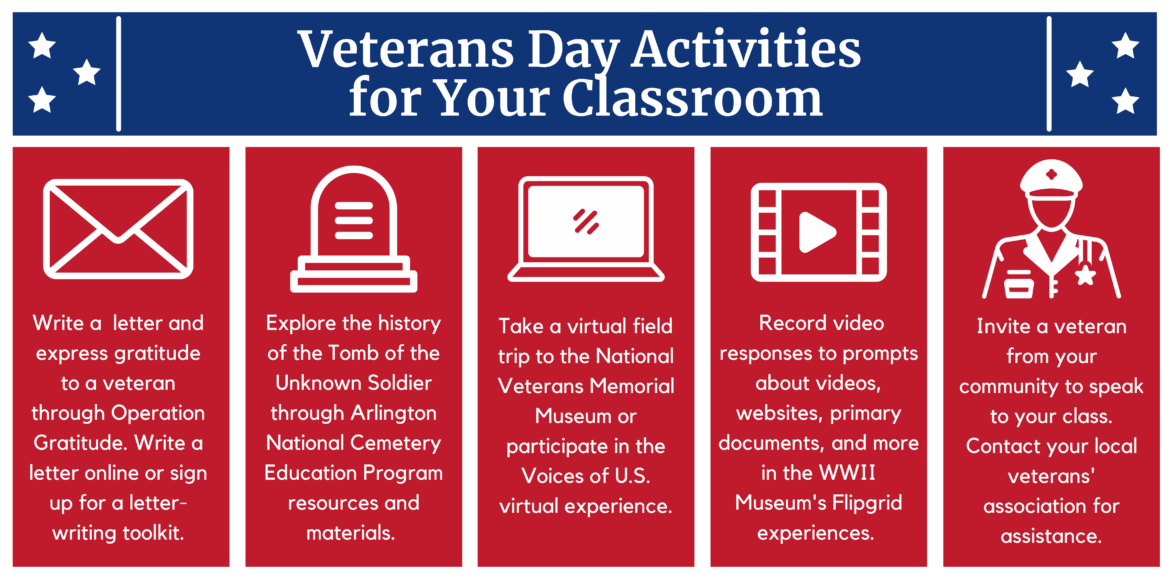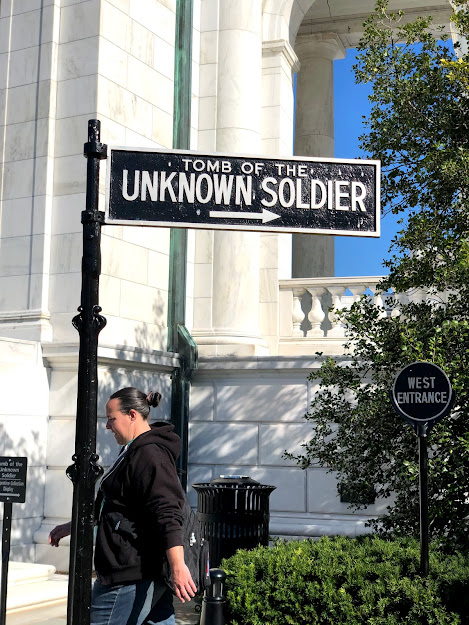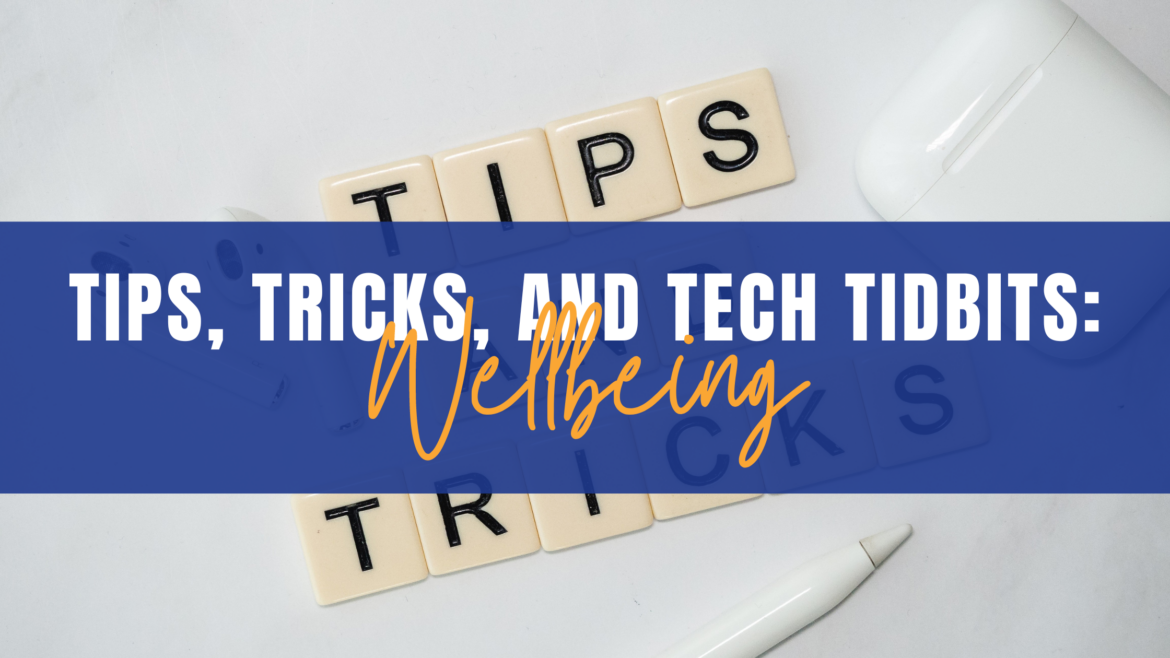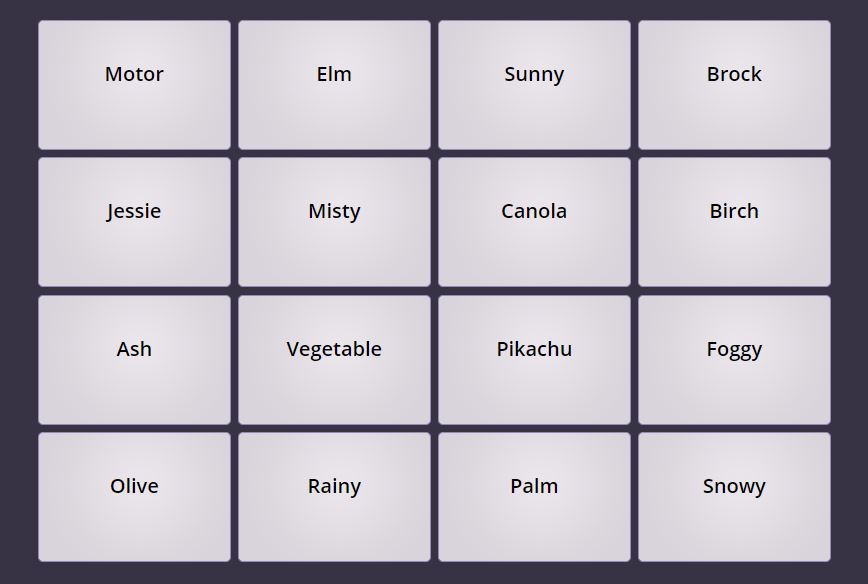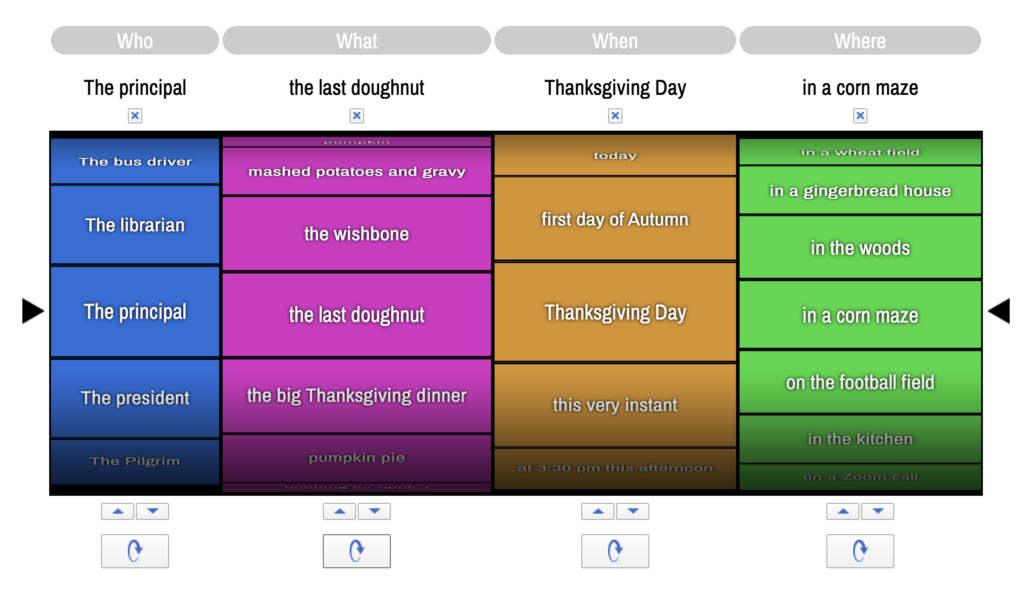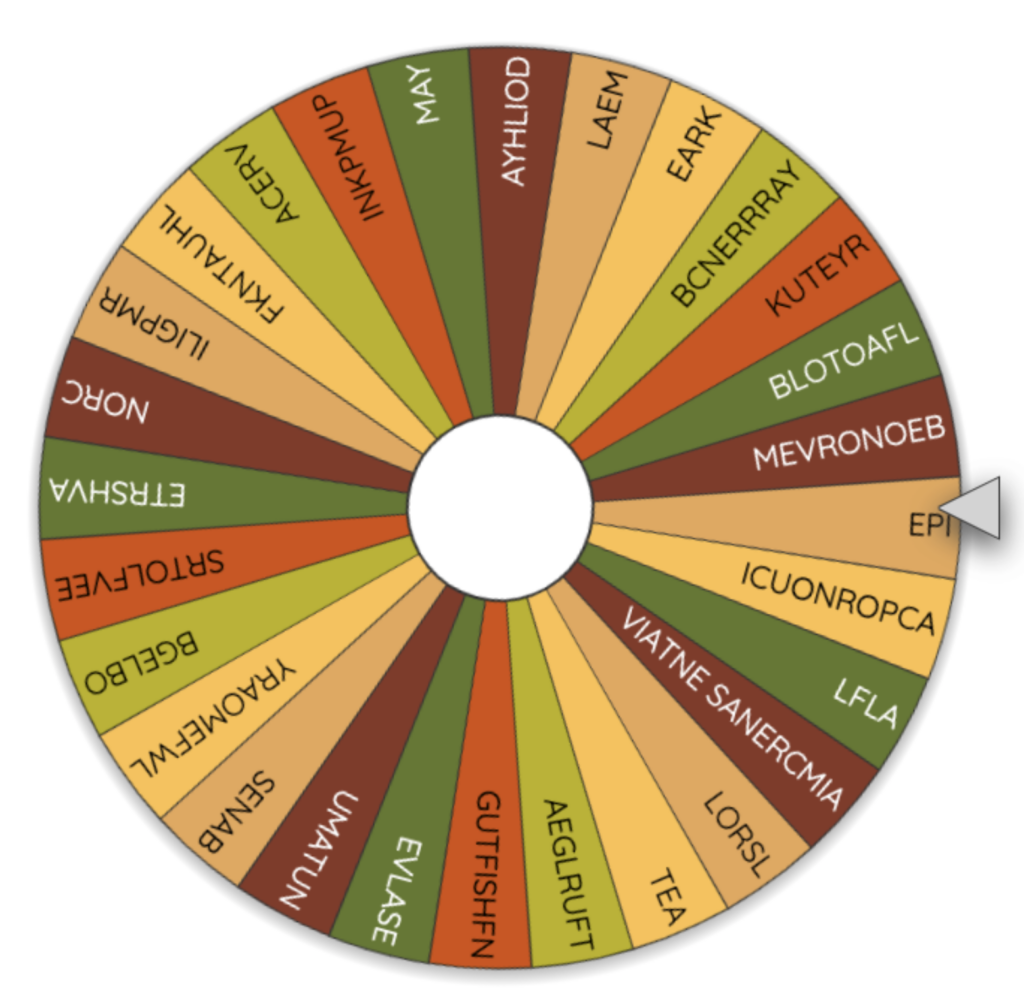“What’s the best way to approach collaborative projects for elementary students?” I asked my wife, a veteran elementary teacher. I had some inkling of the response, since a portion of my work in schools was with third and fifth graders. For my own children, the elements of success included playing with others in real time, simulations, the opportunity to engage in real life projects, and sharing their work with a global audience.
Let’s give Generation Z students what they want. What do they want? They want to be:
- Media-makers: Use digital media (create/study with videos/podcasts)
- Hands-on: Learn through hands-on experiences
- Social: Develop team-building skills
- Problem-solvers: Solve real-world problems
Let’s quickly explore the elements of project-based learning in the context of those four Gen Z skills.
Element #1 – Real World Relevance
A PBL activity presents a real life problem (e.g. immigration, border patrol, “The Wall”) that captures students’ imagination. It engages them emotionally and intellectually. Over time, they learn to see this problem through the eyes of all stakeholders and develop a multi-faceted solution.
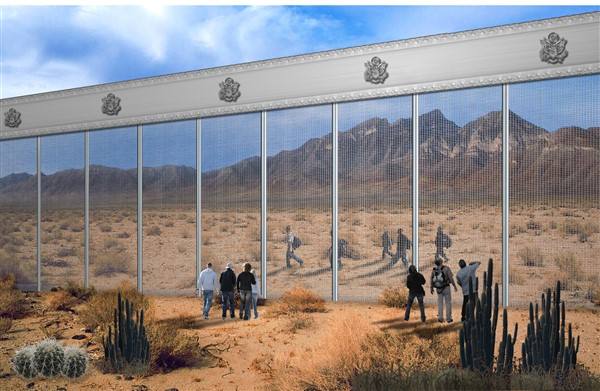
Image Credit: The Penna Group as cited by National Public Radio (NPR)
Seek the Crucial
Ready to get started with PBL, but not sure what issue would best capture student interest and be teachable? Any problem will do. In fact, look for what the author of a popular book series call a crucial conversation. You can recognize the crucial when you find it if you keep these points in mind:
- Stakes are high
- Opinions vary
- Emotions run strong
Are you worried that this could get you in hot water at work? Yes, it is possible. Let’s figure out how to not find yourself in the unemployment line.
Ensure the Crucial Doesn’t Get You Fired
When creating your problem, follow these steps:
1) Make a Problem Map. These are questions about the problem you want to see students answered. You may discover other questions that students want answered, but are not navigable in your community. Write those questions down, but mark them as distractions. The focus isn’t on getting lost with precious cargo. Keep the questions that will move the talk forward, not drop you into the Bermuda Triangle.
2) Revise Your Map into a Learning Map. What curriculum standards/objectives do you want to connect to specific questions? Questions that don’t lead to learning can be cut.
3) Pitch Your Problem. Craft an elevator pitch you can share with others. Listeners will feel the emotional and learning potential. This is where you can use technology to connect to real-world problems.
4) Plan the Path you will take with your students. You will explore what they believe they know, then their guesses and hunches. Use thinking organizers (e.g. KWHL) to scaffold learning potential.
With your learning map and path planned, ask yourself, “How can I connect my classroom to real-world problems?”
Use Technology to Get Connected to Real-World Problems
We have rich access to problems. Adapt an authentic problem, develop a mirror image of one to distance learners from fallout, and align it to learning objectives. One of the obstacles for teachers jumping into PBL is that it takes a lot of work to develop a project from scratch. Remember, you are not alone.
Connecting with Real People
One approach involves relying on synchronous communication tools (e.g. Skype or Google Hangouts) or digging for problem scenarios on YouTube or Vimeo. Whether you are bringing a subject matter expert (SME) into your classroom to introduce a problem or question, or accessing a video that frames the problem or provides historical context, this is one hundred percent better than the teacher doing it.
Skype virtual field trips and guest speakers are one approach. The Skype in the Classroom folks have taken great pains to make speakers available for you to meet and problems for your students to solve (e.g. sea turtle conservation, climate change, nuclear fallout).
End of Part One: Collaborative Projects for Elementary Students
In this first article in the series, we explored how to connect real-world problems (without getting fired) to your classroom learning objectives. In part two, we will explore creating prolonged engagement and create context and tasks that matter.



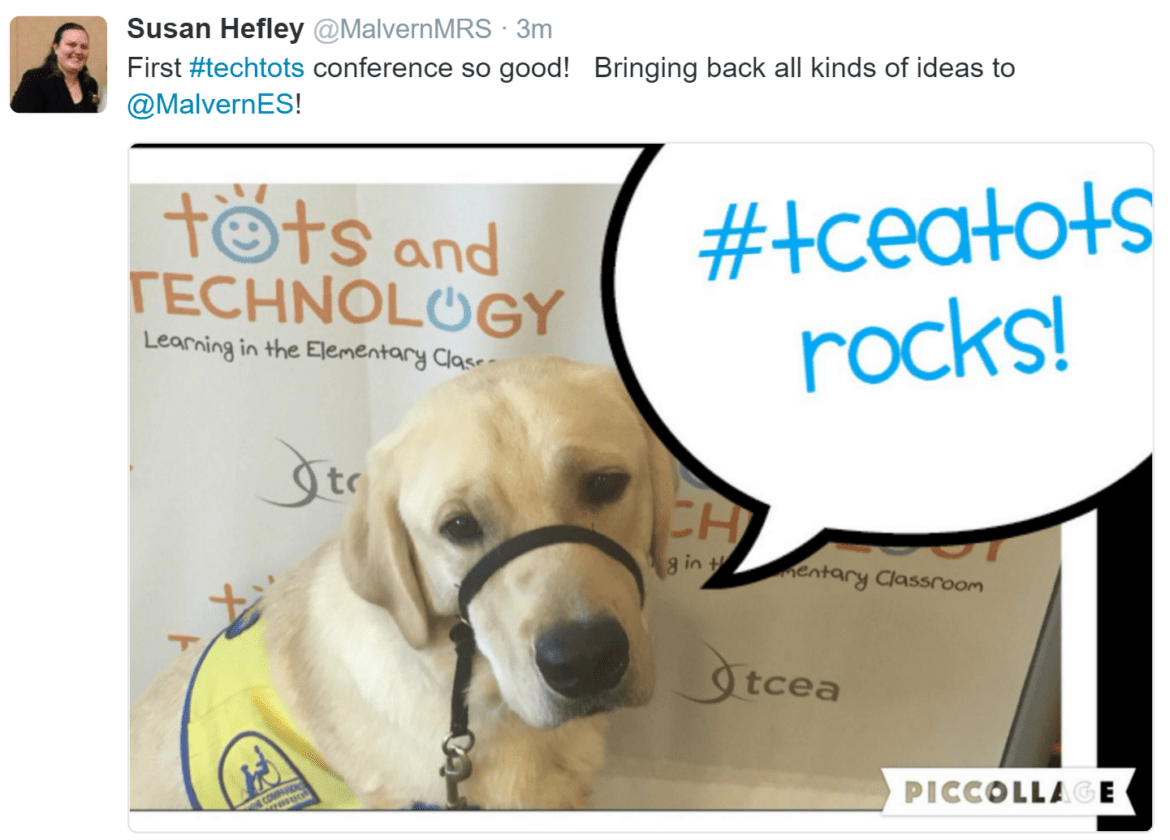
 Virtual FieldTrips and More with Sherrie Berry and Shelley Kozma (Lampasas ISD)
Virtual FieldTrips and More with Sherrie Berry and Shelley Kozma (Lampasas ISD) Coding in the Language Arts Classroom with Kelly Hong
Coding in the Language Arts Classroom with Kelly Hong Digital Learning Centers with Crystal Flores and Jeanine Freeman
Digital Learning Centers with Crystal Flores and Jeanine Freeman (
(